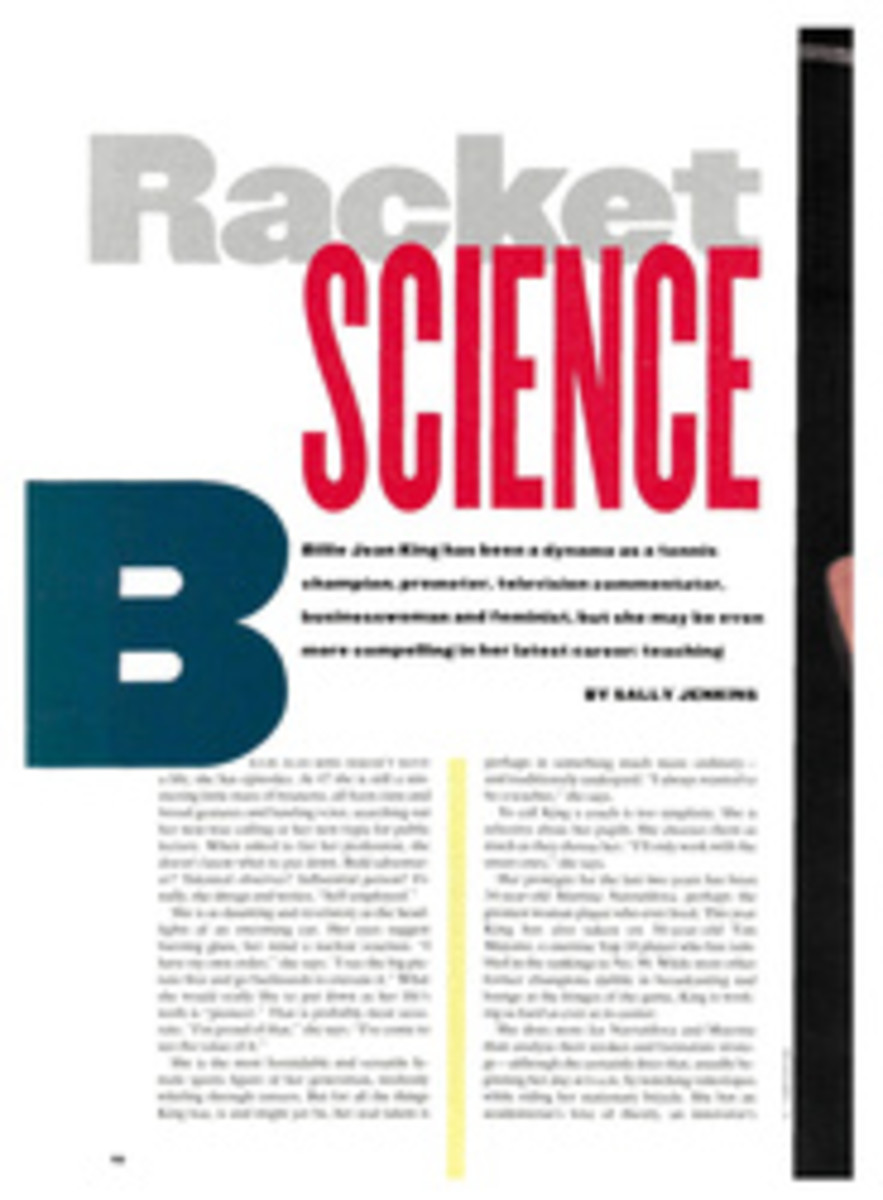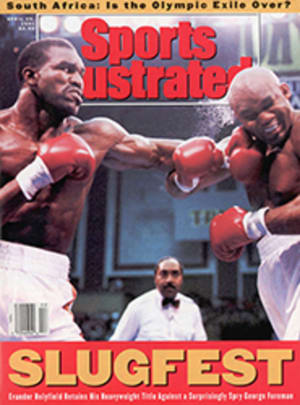
All Work and No Play
Less than four minutes into the 76ers' fourth game, in Milwaukee on Nov. 8, Johnny Dawkins reached back for a pass, absorbed a little push from Jay Humphries of the Bucks while going up for a shot and landed awkwardly. He made both free throws, and then, as nine players turned and headed upcourt, Dawkins, Philadelphia's starting point guard, just stood there. "I was stuck," he says. "I couldn't move my leg. I knew something was wrong." What he didn't know was that the fall and the pain were just the beginning.
Eight days after tearing the ACL in his right knee, Dawkins underwent surgery at Duke Medical Center in Durham, N.C. He spent the next five days, his leg in a brace from hip to toe, learning how to get around on crutches. He also was introduced to the meaning of "physical therapy."
"They manipulate the knee for you," says Dawkins. "It's no fun. Sometimes I thought that it was worse than the injury." With the help of his very physical therapists, Dawkins could bend his knee to a 90-degree angle by the end of the week.
Every day the following week, Dawkins's wife, Tracy, drove him from the apartment they had rented in Durham to a Duke rehabilitation clinic. As part of his therapy, Dawkins spent half an hour each day in a pool, walking from end to end. "The pool is a good confidence-builder," he says. "After the injury you start questioning: The knee gave out on me once, why not again? Then you walk in the pool, and the water protects you."
In the third week after the operation, weights and an exercise bike were added to Dawkins's rehabilitation regimen. The first time Dawkins rode the bike, his right leg didn't have the range of motion to push the pedal all the way around. "But I forced it around," he says. "You have to attack. I was close. I gritted my teeth and over it went."
From mid-December to mid-January, Dawkins spent four or five hours a day at the clinic. He rode the exercise bike for 20 minutes, jumped rope for 10 minutes, lifted weights, jogged and walked backward around the track. "I was doing things I probably couldn't do when I was healthy," he says.
Over the next month Dawkins took to the streets on a bicycle. He also began to exercise his quadriceps. As he sat on the floor with his back against the wall and his right leg stretched out in front of him, the muscles along the top of his thigh started to tremble. "After the surgery you have no quads [they have atrophied]," says Dawkins. "It was good to see the twitching."
Johnny and Tracy, who's seven months pregnant, returned to Philadelphia in late February. She took the Pennsylvania bar exam, and he performed his exercises for the Sixers. "I wanted to show them how I was doing," he says. "They have an investment in me."
Since returning to Durham at the beginning of March, Dawkins has continued to do most of the same exercises he had been doing, but more often and more intensely. He also has added some new ones. "There is no set time to come back," says Dawkins. "No matter how fast you want to do things, the ligament that replaced my natural one takes five months to get in place and start recuperating. That's how long it takes, and there's nothing I can do about it."
PHOTO
BILL BALLENBERG
Dawkins's painstaking rehabilitation regimen at Duke will keep him jumping for months.

